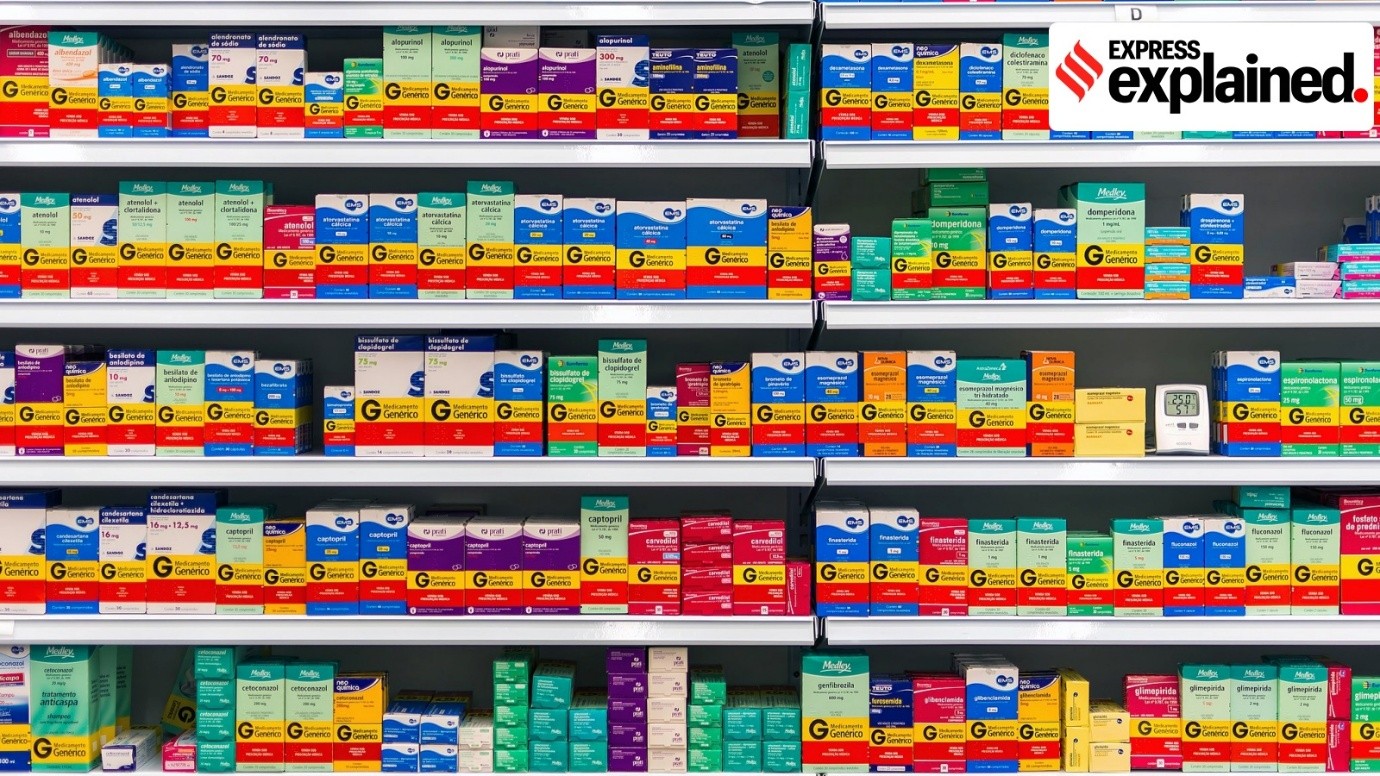



Desiccant sachets, like silica gel, absorb excess moisture to protect products from decay and mould during transport/storage. Though labeled "do not eat," most are non-toxic, posing primarily a choking hazard. Their porous structure efficiently captures water. Other types include oxygen absorbers and calcium chloride. Many desiccants can be safely recharged and reused, offering a practical alternative to methods for drying items.

Copyright infringement not intended
Picture Courtesy: DOWNTOEARTH
According to health professionals, desiccant sachets, like silica gel, which are found in various products, are non-toxic.
It is a substance that generates or supports a state of dryness (desiccation) in its surroundings by absorbing moisture from the air. Their inclusion in packaging is a necessary measure to protect goods from humidity-related damage during transport and storage.
Desiccants work by removing excess moisture from the surrounding atmosphere, preventing damage such as corrosion, decay, mold growth, and the expansion of microorganisms, to ensure products reach consumers in optimal condition.
Silica gel desiccant is a common moisture-absorbing agent used globally to protect products from humidity.
It is a synthetic substance designed to remove excess water vapor from the air, thus preventing damage caused by moisture.
Core Function => Desiccant like silica gel maintains dryness in an enclosed environment. It pulls moisture out of the surrounding air, creating a low-humidity micro-climate within packaging or storage units.
Preventing Damage => Moisture control is vital because humidity can lead to corrosion, decay, mold growth, bacterial contamination, and degradation of sensitive materials. By preventing these issues, silica gel ensures products remain in pristine condition during transport and storage.
| Silica gel is not a gel in the traditional sense, but rather a granular, porous form of silicon dioxide, a compound found abundantly in nature as sand or quartz.The key to silica gel's effectiveness lies in its unique nano-scale porous structure. |
Mechanism of Action
Capillary Effect => The minuscule pores create a powerful capillary effect. They act like tiny sponges or channels, drawing moisture from the surrounding air into the bead. This process is similar to how trees transport water upwards through their vascular structures.
Vast Surface Area => The extensive network of pores gives silica gel an incredibly large internal surface area. A single gram of silica gel can possess a surface area of up to 700 square meters—roughly the size of almost four tennis courts. This immense surface area allows it to efficiently capture and store a significant amount of water molecules through adsorption (molecules adhering to the surface rather than being absorbed into the bulk).
Electronics and Precision Instruments => It safeguards sensitive electronic components, circuit boards, and precision instruments from moisture-induced corrosion, short circuits, and malfunctions during manufacturing, packaging, and storage.
Pharmaceuticals and Food => In the pharmaceutical industry, silica gel maintains the stability and potency of medicines by preventing hydrolysis (chemical breakdown due to water). In food packaging, it helps extend shelf life by inhibiting mold growth and maintaining crispness of dry goods like snacks and cereals.
Industrial Gases and Dehydration Processes => It acts as a drying agent in industrial processes, removing water vapor from natural gas, compressed air, and other industrial gases to prevent pipeline corrosion and operational issues.
Automotive Industry => Silica gel is essential in controlling moisture levels within automotive parts and vehicles, which prevent rust and corrosion in components like brake lines, fuel systems, and electrical circuits. Also, used in automotive air conditioning systems to absorb excess moisture and optimize humidity levels, to enhance comfort and system efficiency.
Clothing and Leather Goods => Manufacturers include silica gel sachets in footwear, handbags, and apparel to prevent mold, mildew, and unpleasant odors, ensuring products remain fresh and undamaged.
Museums and Archives => It helps preserve sensitive artifacts, documents, and historical records from humidity-induced degradation in controlled environments.
Regeneration => One can "recharge" or dehydrate saturated silica gel by placing it in an oven at approximately 115-125°C for 2-3 hours. This process drives off the adsorbed water, restoring its moisture-absorbing capacity. However, ensure the sachet material can withstand the heat.
Sustainable Practices => The reusability of silica gel promotes sustainability by reducing waste. Its long lifespan and regeneration capability align with principles of circular economy, reducing demand for new desiccant production.
Source:
|
PRACTICE QUESTION Q. Why is silica gel put into packages of electronics? A) To make them smell good B) To protect them from moisture and rust C) To make them lighter D) To power them up Answer: B Explanation: Silica gel absorbs moisture from the air inside the packaging, preventing water vapor from corroding sensitive electronic components or causing other types of moisture-related damage. |









© 2026 iasgyan. All right reserved